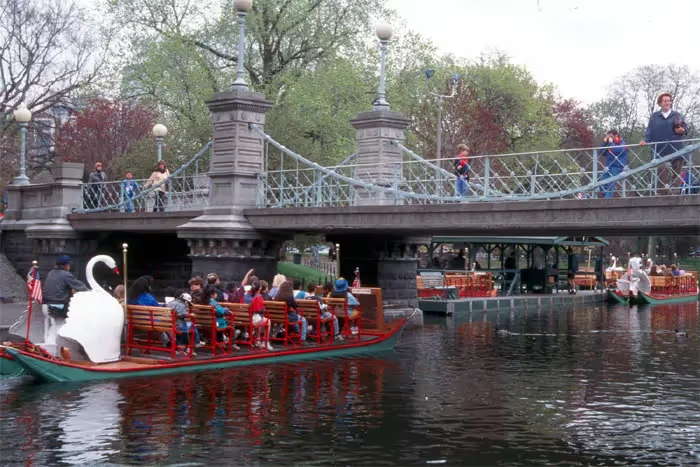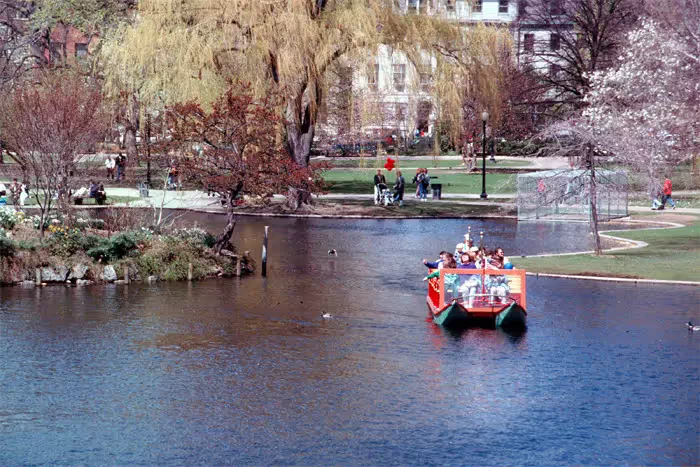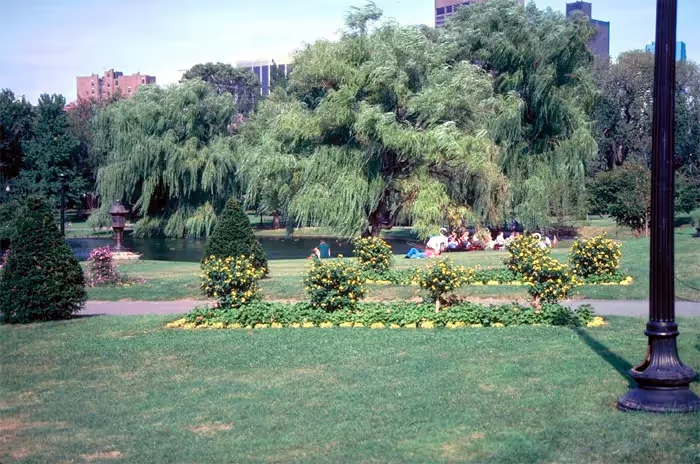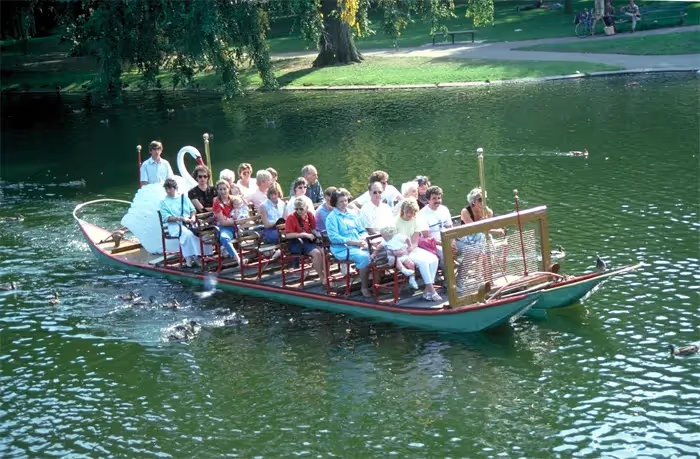A biweekly newsletter with public space news, resources, and opportunities.
A curated dispatch on all things public markets plus the latest announcements from the Market Cities Program.
Please note that these Hall of Shame nominations were written in a moment in time (most over a decade ago) and likely have since changed or even been transformed. If the above entry is now great, or still not so great, go ahead and comment below on how it has evolved or nominate it as a great place.

Dating back to 1634, the Common and Public Gardens provide 75 acres of green space in the heart of Boston's densely packed downtown core.

Both park spaces were the first of their kind in this country and have been centers of public life and civic virtue since their inception. Full of activity, the Common offers some of the city's best people-watching. With its grand sweep down from the majestic State House, the Common provides an uninterrupted view of green expanse, historic city buildings, and people. The parks host concerts, plays and other sorts of gatherings and offers facilities and amenities that support a wide range of more spontaneous uses and activities. The Public Garden is famous for its swan boats and has inviting walks and lovely bridge views.
While the Common and the Gardens are adjacent (bisected by Charles Street) and serve a unified purpose, the two parks spaces have vastly different characters. The larger, more pastoral Common supports recreational activities and flexible uses, while the Public Garden is devoted to ornamental design. The Common contains walking paths, open green spaces, a "frog pond" with a fountain frequented by children on hot steamy days, play areas, and a war monument. The Garden has a variety of flora and a centrally featured Swan Pond.
In 1634, realizing that a more northerly site would be unacceptable for settlement, the government of Massachusetts purchased land from a Boston settler for use as a public livestock grazing area. Boston Common was never used exclusively for grazing, however. It also served as a public green: official functions such as hangings, parades and drills took place there, and British troops camped there. It was not until 1830 that cattle grazing was prohibited.
Adjacent to the Common was a brackish swamp known as the Back Bay. In the latter half of the 19th century, Boston began filling the Back Bay in order to make possible future expansion and development. The filling of the Back Bay went hand-in-hand with Frederick Law OlmstedÍs "Emerald Necklace," a circumferential parks plan for the Boston area. A new residential boulevard, Commonwealth Avenue, was created as part of the Back Bay project, and at its end, between the new infill and Boston Common, would be the new Boston Public Garden.
Notable Dates: 1634 Each household was charged six schillings to buy "The Commonage" 1640 Citizens passed an ordinance preventing changes in land use with popular vote 1646 Grazing was restricted to 70 milk cows but 4 sheep could be substituted per cow 1660 Mary Dyer and three other Quakers were hanged on the Common 1675 First walkway created on Boston Common 1728 First tree lined pedestrian mall, Tremont street edge 1769 Gallows replaced hanging tree 1817 Gallows removed 1830 Cows banned by ordinance 1837 Public Garden established on filled in land west of common 1910-1913 Olmstead brothers oversee massive landscape renovation Source: Boston Common Management Plan, City of Boston, Boston Parks and Recreation Commission, December 1990.





*Please note that these Hall of Shame nominations were written in a moment in time (most over a decade ago) and likely have since changed or even been transformed. If the above entry is now great, or still not so great, go ahead and comment below on how it has evolved or nominate it as a great place.